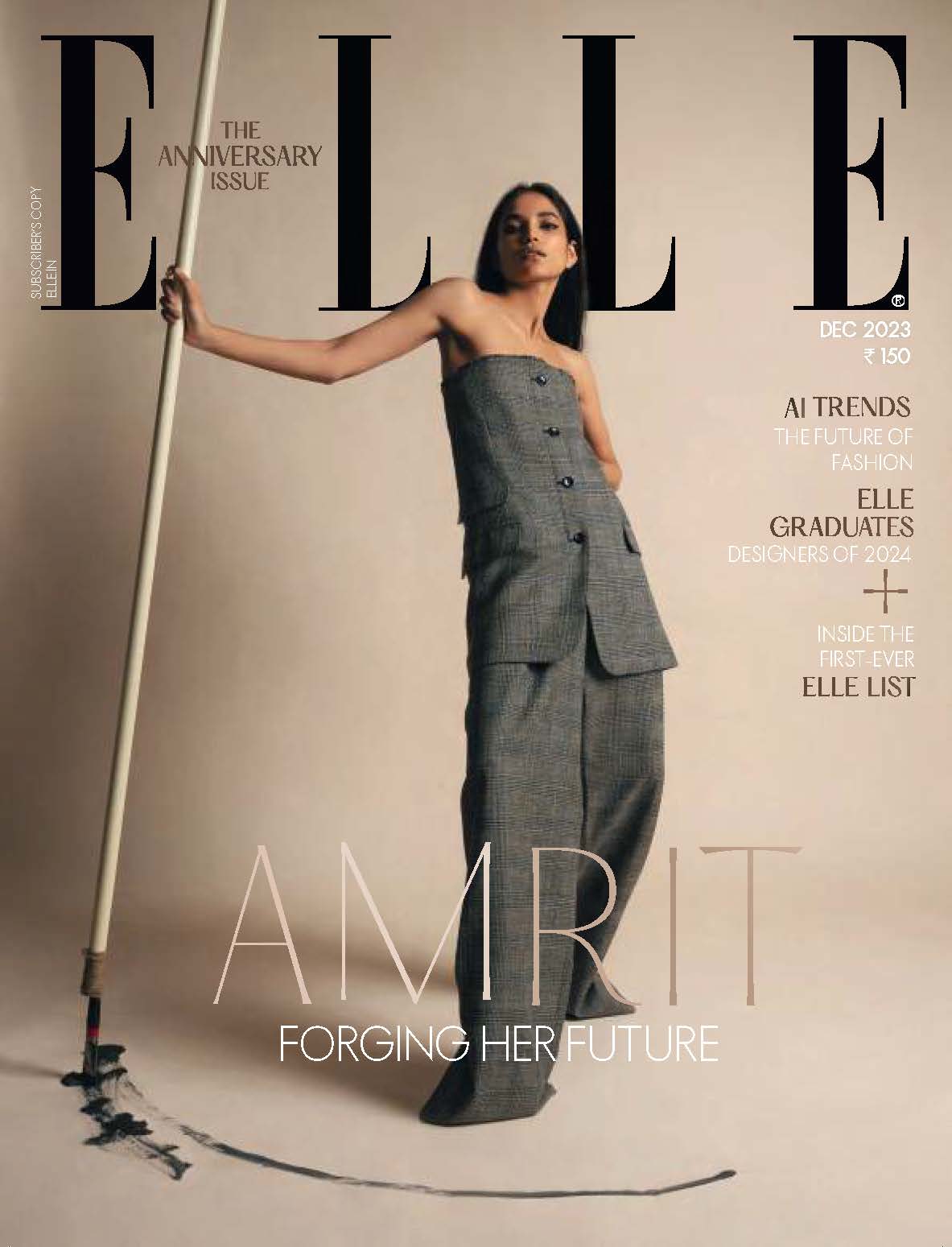India’s design talents have recently taken pole position at the International Woolmark Prize—Rahul Mishra won in 2014, followed by Suket Dhir in 2015—and this regional round was no different. Competing against other designers from the Indian Subcontinent and the Middle East, India emerged as the victor, with Ujjawal Dubey of Antar-Agni and Ruchika Sachdeva of Bodice winning the menswear and womenswear title respectively. Armed with AU$70,000, a Woolmark license and mentoring support from a global panel of experts, the two are among the 12 menswear and womenswear finalists selected from across the globe who will be showcasing their collections at the international final, where they stand a chance to win a prize money of AU$200,000.
The inspiration
Antar-Agni’s winning look was influenced by the nomadic tribesmen across India. “We tried to interpret the simplicity and the feel of the world the nomadic tribes live in through functional layers and cuts,” explains Ujjawal. The relaxed silhouette and layers of the three-piece kurta, salwar and dupatta were in sync with the brand’s departure from conventional menswear. On the other hand, Bodice’s winning ensemble—a pleated midi tunic paired with tapered pants and layered jackets—juxtaposed the 18th century costumes of Nautch girls (who were the dancers of Indian royal courts) with modern menswear tailoring.
The design process
Having blended zari silk with Merino wool, Ujjawal’s design process involved both knitting and handloom weaving while also playing with the weight of the fabric. “The undefined motifs on the garment—the use of zari woven fabrics—are inspired by the night sky that comes alive when the nomads’ day comes to an end,” he says. For Ruchika, the design process was a comprehensive one: “We started from the wool fibre and used three types of yarns with it. This was followed by the textile design, which included both, fabrics handwoven by local artisans and progressive mill-made cloth. Finally, we worked on the surface innovation and the silhouette in itself.”
The sustainable approach
Both designers believe in using natural fabrics that are eco-friendly. “At Antar-Agni, we have always used natural fibres—be it cotton, silk or wool—as they are more comfortable,” says Ujjawal. Bodice, too, approaches sustainability with consciousness and interest, ensuring their products are developed as ethically as possible. But Ruchika doesn’t mind using man-made fabrics, as long as they are eco-friendly, are recycled and use natural fibers.
Winning ensembles from Antar-Agni and Bodice
[Gallery id=”633″]


